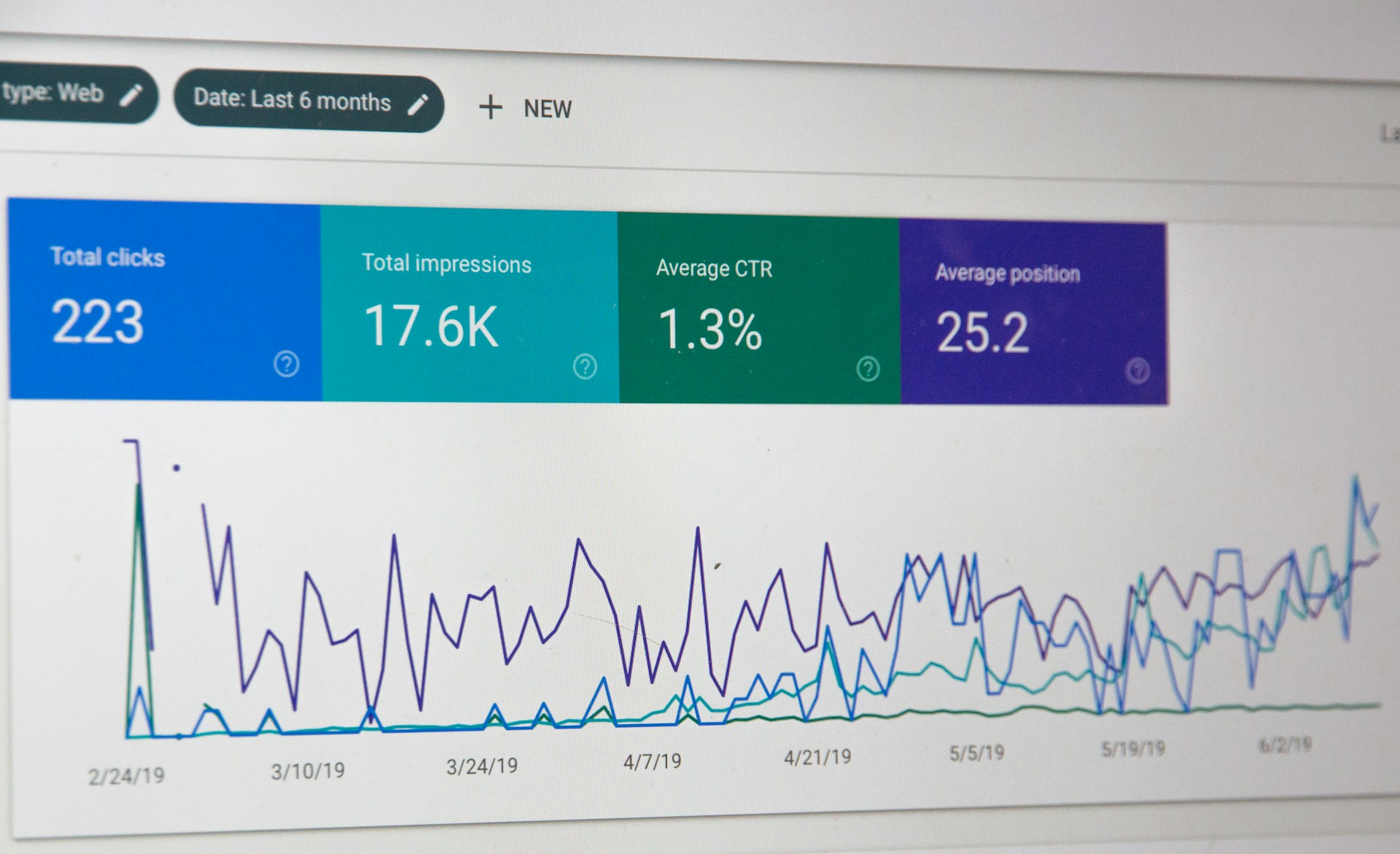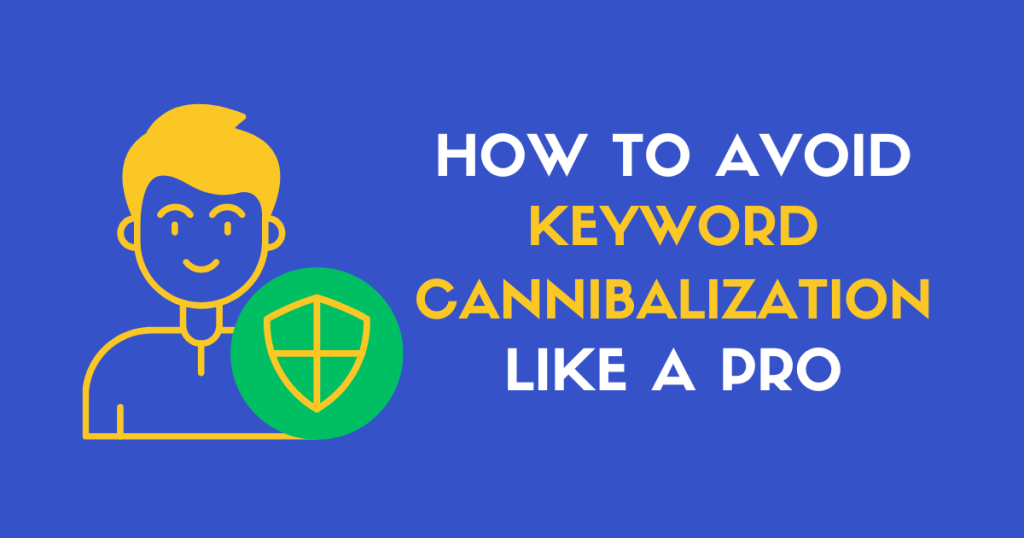Keyword cannibalization can destroy your SEO efforts. It splits your ranking power, decreases user experience, confuses search engines, and leaves you with lower organic traffic.
Many websites suffer from this problem without realizing it. They publish similar content that competes for the same keyword. As a result, none of your pages rank as high as they should.
But there’s good news. You can avoid this SEO trap with the right strategies.
This blog shares 15 expert tips to help you avoid keyword cannibalization like a pro.
On the plus side, if you use RankAligner, it makes the process simple. It automatically detects keyword cannibalization and gives you clear insights to fix it fast.
Let’s get started.
What is Keyword Cannibalization?
Keyword cannibalization is an SEO issue that happens when multiple pages on your website target the same keyword. It’s like having several employees competing for the same promotion. Each person works hard, but no one stands out.
Search engines face the same confusion when similar content competes for a single keyword. They struggle to determine which page to rank higher. As a result, your pages share the traffic instead of one strong page dominating the search results.
When URL cannibalization or keyword cannibalization happens, your website loses its competitive edge. Your rankings drop. Your traffic slows down.
Why Does Keyword Cannibalization Issues Hurt SEO?
Keyword cannibalization causes confusion and directly harms your SEO efforts. Here’s how:
- Reduced Rankings and Traffic:
Search engines hesitate to rank competing pages for the same keyword. This splits your traffic across multiple pages instead of concentrating it on one. - Lower Click-Through Rates (CTR):
Users see several similar pages in search results and get confused. This confusion often leads them to choose competitors with clearer content. - Wasted Crawl Budget:
Search engines crawl unnecessary, overlapping content instead of focusing on high-value pages. This slows down indexing for your best content. - Diluted Content Relevance:
When multiple pages share similar information, none become the go-to resource. This hurts your authority in the eyes of both users and search engines.
If left unchecked, keyword cannibalization can quietly erode your site’s SEO performance.
Common Causes of Keyword Cannibalization
Cannibalization doesn’t happen randomly. It often results from poor planning or oversight. Here are the most common causes:
- Lack of a Keyword Strategy
- Overlapping Content Topics
- Inconsistent Internal Linking
- Duplicate Metadata
- Content Expansion Without Reassessment
Recognizing these causes early helps you stay ahead. With the RankAligner keyword cannibalization tool, you can detect and fix cannibalization before it impacts your SEO.
15 Expert Suggested Ways to Avoid Keyword Cannibalization Like a Pro
1: Conduct Regular Keyword Audits
Regular keyword audits help you stay ahead of keyword cannibalization. If you wait until rankings drop, the damage has already begun.
Use tools like RankAligner and Google Search Console to scan your website. These tools highlight pages competing for the same keywords. You’ll see which content overlaps and needs adjustments.

Set a consistent audit schedule. A monthly or quarterly review works for most websites. If you publish content frequently, consider more regular checks.
Treat keyword audits like routine maintenance for your SEO. It prevents problems before they become costly.
2: Map Keywords to Content
Keyword mapping brings order to your content strategy. It assigns each page a unique keyword target, ensuring no two pages compete.
Start by creating a keyword map. List all your existing pages with their primary and secondary keywords. Make sure each keyword matches a single URL.
Maintain a keyword-to-content matrix as your site grows. Update it whenever you add, merge, or delete pages. This simple habit prevents future cannibalization.
Think of keyword mapping as giving each page a clear identity. When search engines see distinct topics, your site’s authority improves.
3: Optimize Internal Linking Structure
Internal links guide both users and search engines through your website. If you link multiple pages with the same anchor text, you create confusion.
Review your internal links to ensure each anchor text points to the most relevant page. For example, if you use “SEO tools” in several posts, all those links should lead to one primary “SEO tools” page.
Use tools like RankAligner keyword cannibalization checker to visualize your internal linking patterns. Identify where links compete and adjust them.
Well-structured internal links improve crawl efficiency and keyword clarity. They help Google and other search engines rank your most important pages higher.
4: Consolidate Similar Content
When multiple pages target the same or similar keyword, your content competes with itself. This weakens your SEO and confuses search engines.
Identify pages that cover similar keywords or topics. Look for blog posts, landing pages, or product descriptions that share keywords or search intent.
Once you find these pages, merge them into one comprehensive, authoritative resource. Combine the best information from each page to create a stronger, more valuable asset.
After merging, use 301 redirects to point the old URLs to the new, consolidated page. This ensures search engines pass the link equity to the updated content.
Consolidation simplifies your site structure and strengthens your rankings and organic traffic. One high-quality page will always perform better than several competing ones.
5: Implement Canonical Tags for Similar Content
Sometimes, you need similar content for different audiences or purposes. In these cases, canonical tags help you avoid keyword cannibalization.
A canonical tag tells search engines which version of a page to prioritize. It’s like a signpost saying, “This is the main page—rank this one.”
For example, if you create multiple product pages with similar descriptions, add a canonical tag to the most relevant or authoritative page. This prevents the pages from competing.

Apply canonical tags whenever pages share the same content but serve different goals. Without this step, search engines might split your ranking potential across several pages.
Canonicalization is a quick, simple fix for overlapping content. It keeps your SEO focused and your pages aligned.
6: Focus on Search Intent for Keyword Selection
Keyword selection isn’t just about matching search terms. It’s about understanding what users want when they search.
Analyze whether your pages target different stages of the buyer’s journey. For example, one page might address awareness-stage queries, while another targets decision-stage searches.
Make sure each page serves a unique intent. If two pages answer the same question or solve the same problem, you’re likely dealing with keyword cannibalization.
Adjust your content strategy to align with search intent. Create pages that address distinct needs—educational, transactional, or navigational.
7: Use Long-Tail Keywords Strategically
Long-tail keywords help you avoid keyword cannibalization by adding specificity. Instead of competing for broad terms, target phrases that match niche search queries.
For example, instead of targeting the “SEO tools” keyword on multiple pages, use variations like “SEO tools for SaaS companies” or “affordable SEO tools for small businesses”. Each page will rank for distinct keywords while still supporting your overall SEO goals.
Long-tail keywords attract more qualified traffic. People who search with detailed phrases often know what they want. This means higher engagement and better conversion rates.
8: Monitor Content Performance After Optimization
Keyword cannibalization doesn’t end once you fix it. You must track performance to ensure your changes work.
After updating content and doing keyword optimization, monitor your keyword rankings. Watch how traffic shifts and see if the preferred pages start ranking higher.
Use our keyword cannibalization checker online to generate performance reports. These reports show which pages improve, which keywords still overlap, and where further adjustments are needed.
Set clear benchmarks. Track impressions and clicks, and search engine rankings for affected pages. If results don’t improve within a reasonable time, revisit your keyword strategy.
9: Update Meta Titles and Descriptions Regularly
Meta titles and descriptions are often overlooked but play a big role in keyword cannibalization. Duplicate content or similar metadata confuses search engines.
Give each page a unique meta title. Make sure it clearly communicates the content’s focus. For instance, instead of using “SEO Tools for Businesses” on multiple pages, differentiate with “Best SEO Tools for SaaS Companies” or “Top SEO Tools for E-commerce Stores”.
Update descriptions to match the target keyword naturally. Avoid stuffing keywords. Instead, write descriptions that help users understand the content’s value at a glance.
Regularly review your metadata, especially after publishing new pages. If you don’t, keyword overlaps can return without you noticing.
10: Analyze Competitor Keyword Strategies
Your competitors can teach you a lot about keyword and search query strategy. If they rank higher than you, they’re probably doing something right.
Start by analyzing their content quality. Identify how they structure keywords across different pages. See if they’ve avoided cannibalization by targeting long-tail keywords or organizing content into silos.

Use tools like Ahrefs or SEMRush to uncover their keyword distribution. Look for gaps in their strategy—keywords they haven’t targeted or content they haven’t covered.
Competitor research helps you avoid their mistakes and capitalize on missed opportunities. Learn from what works and improve where they fall short.
11: Structure Content Silos for Topical Authority (Thematic SEO)
Content silos help search engines understand your website better. They organize content into clear, logical categories, building authority for your target topics.
Start by grouping related pages under a single pillar page. For example, a “Cleaning Services” pillar might have supporting cluster pages like “Roof Cleaning Services” and “Window Cleaning Services”.
This structure signals topical relevance to search engines. The pillar page ranks for broad keywords, while cluster pages target more specific terms.
Keep the hierarchy simple. Use internal links to connect related posts and guide both users and search engines through the content.
With strong content silos, you establish authority and prevent pages from competing with each other.
12: Avoid Using the Same Keyword in Multiple Blog Posts
This may seem obvious, but it’s a common mistake. Publishing multiple blog posts with the same keyword confuses search engines and weakens rankings.
Before creating new content, assign a unique primary keyword to each post. Track these assignments in a shared document or spreadsheet.
Make this part of your content planning process. If a keyword already has a dedicated page, avoid using it again. Choose a related term or explore a long-tail variation instead.
Regularly review your content inventory to catch any accidental overlaps.
13: Leverage Noindex Tags for Low-Value Pages
Not every page needs to appear in search results. Pages with thin content, duplicate information, or minimal SEO value can confuse search engines. That’s where noindex tags come in.
A noindex tag tells search engines to skip indexing certain pages. Apply it to pages like duplicate product descriptions, outdated blog posts, or internal search result pages.
Regularly audit your site to identify pages that don’t contribute to your SEO goals.
14: Align Keyword Strategy With Business Goals
Keyword strategy shouldn’t exist in isolation. It must align with your broader business goals.
Start by identifying the keywords that attract the right audience—people most likely to convert into customers. Focus on high-intent keywords that match the solutions your business provides.
For example, if you offer SEO tools for SaaS companies, target phrases like “best keyword cannibalization software for agencies” instead of generic terms like “keyword cannibalization tool”.
When your keyword research strategy aligns with your business goals, your content works harder for you. It attracts visitors who need your services, not just people browsing out of curiosity.
15: Utilize Specialized Tools to Find Cannibalized Keywords
Fixing keyword cannibalization manually is time-consuming. That’s why using a specialized tool like RankAligner can save time and effort.
RankAligner automates the detection of cannibalization across your site. It scans your pages, identifies keyword overlaps, and suggests corrective actions.
You can also integrate Google Search Console to pull real-time data for a more clear picture of keyword performance across your site.
Here’s how RankAligner simplifies the process:
- Automated Scans: No need for manual keyword checks. The tool scans your site and highlights competing pages.
- Detailed Reports: See exactly which pages target the same keywords. Cannibalization reports include performance metrics (CTR and Impressions) to track improvements.
With RankAligner, you can resolve keyword cannibalization issues faster and more efficiently. Less guesswork, more results.
Find and Fix Keyword Cannibalization Issues The Smart Way
Keyword cannibalization can silently hurt your SEO performance.
But you don’t have to let this issue derail your SEO efforts. With our 15 expert tips, you can identify, fix, and prevent keyword cannibalization with confidence.
And with RankAligner by your side, finding cannibalized pages becomes simpler than ever.
Take control of your SEO performance today. Try RankAligner and ensure every keyword works to your advantage. Start Your Free Trial.

